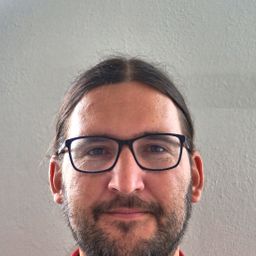Lost technical landmarks and present hydrotechnical objects in the Vltava riverine landscape
Mon statut pour la session
Quoi:
Paper
Quand:
14:30, Mercredi 31 Août 2022
(20 minutes)
Où:
UQAM, pavillon J.-A. De Sève (DS)
- DS-1420
Main rivers are an essential source of water, transportation routes and also a great source of power. Therefore riverscape used to be a crucial area for development of the manufacties and industry. The Vltava River and its surroundings underwent extensive changes during the centuries, especially in the second half of 20th century, when the system of subsequent river dams was built and large areas of the riverine landscape were flooded. The aim of the paper is to bring information about the present project supported by the Ministry of Culture of the Czech Republic. The project named “Vltava – transformation of historical landscape” is dealing with the historical Vltava River valley and large amounts of hydrotechnic and other buildings on the river banks, namely old sluices, floodgates, mills, saw-mills, iron-mills with theirs mill-races, first hydropower plants, timber rafting outposts, granaries, pubs and restaurants, ferries and bridges and also modern dams and bridges. These objects
are an important part of the technical heritage and thus the subject of the project. Because the project is mainly focused on the processing of old maps, these objects are searched on old maps and their database is created in the entire length of the monitored area from the source of the Vltava River to its confluence with the Berounka River. Furthermore extensive research of various public and institutional archives brings much wider insight to particular objects and reveals many others. State Regional Archives are prime sources of plans (technical and floor plans), graphical and textual documents dealing with industrial and hydrotechnical historical objects. Carefully selected map content is vectorised and the database of important objects with supplement attributes is being filled up and every feature has its location. Their documentation is supplemented by old photographs and postcards. The entire monitored area was modeled in 3D using contour lines from old maps. This offers space
for the presentation of the entire valley, including all interesting objects. Old cadastral maps have been vectorized and can thus be used to model the texture of the created virtual landscape. Individual buildings can be modeled procedurally (especially uninteresting objects), others can be modeled in more detail (interesting mills, weirs, etc.). The ruins visible during the low water level period or present structures are scanned using aerial photogrammetry. The landscape and modeled objects will be available to users in the form of a 3D map application, as well as in the form of virtual reality. The mission of the project is, in particular, to document information on the changes of the Vltava riverine landscape within the last three centuries in the context of various events, as well as to make it subsequently available to the general public. Many beautiful technical structures ceased to exist but might be resurrected via modern digital methods. The project itself is actually in its
intermediate phase and the activities proceed continuously. This project was supported by the Ministry of Culture of the Czech Republic by the NAKI programme “Vltava – transformation of historical landscape as a result of floods, dams creation and land-use changes along with cultural and social activities in the river neighbourhood” no. DG18P02OVV037.
